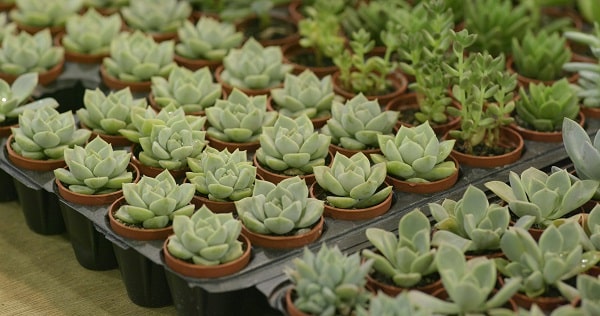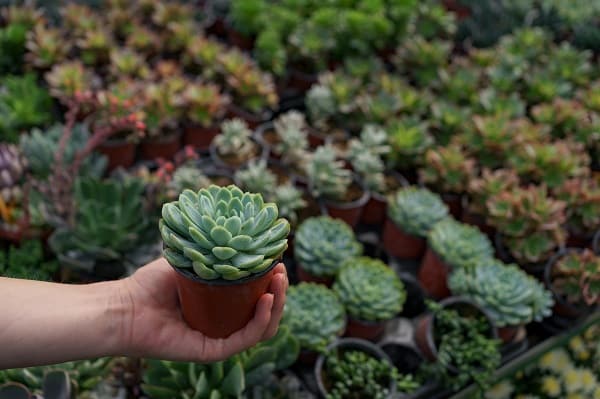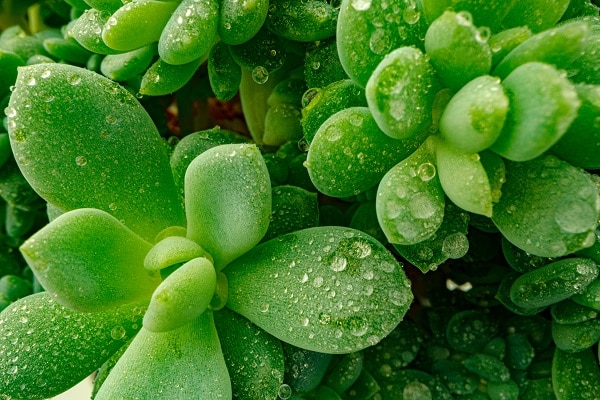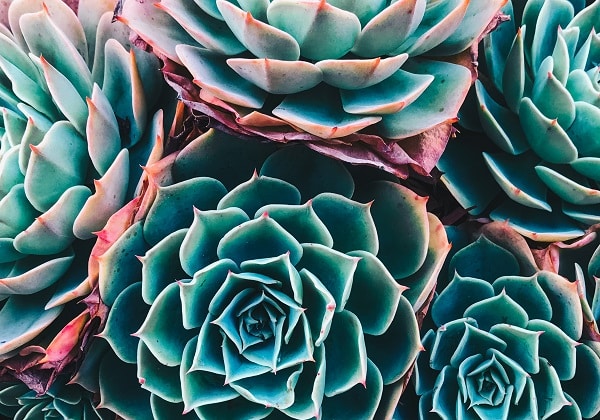If you’re one of the many people who can’t get enough of your succulent plants, you’re in for a treat! This post will discuss some secrets that every succulent lover should know. From how to care for them to how to propagate them, it will cover everything you need to know about succulents and ways to keep them healthy and thriving. So if you’re ready to learn about these unique plants, keep reading!
Contents
- 1 What Is A Succulent Exactly?
- 2 Secrets For Every Succulent Lover
- 3 The Key To Propagating Succulents
- 4 Succulents Love Well-Drained Soil
- 5 You Don’t Have To Keep Them That Hot
- 6 Succulents Can Take Some Shade
- 7 Succulents Like To Rest In The Winter
- 8 Succulents Need Food Too
- 9 The Size Of The Succulent Leaves Is Important
- 10 Remember These Secrets For Every Succulent Lover!
What Is A Succulent Exactly?
A succulent is a type of plant that is characterized by its fleshy, water-retaining leaves. These plants are adapted to arid environments and can store water in their leaves for long periods. Succulents come in a wide variety of shapes and sizes, and they are in all corners of the world. While they are desert plants, succulents can also thrive in temperate climates.
These plants are perfect for those who want to add a bit of greenery to their home without worrying about watering them too often. So, if you’re looking for a low-maintenance plant to spruce up your space, a succulent might be the perfect option.
Secrets For Every Succulent Lover
If you are new to the world of succulents, these tips will be especially helpful. However, even if you have been planting and caring for succulents for years, there may be a few things that you didn’t know. So without further ado, here are the secrets every succulent lover should know:
The Key To Propagating Succulents
To successfully propagate a succulent, you must ensure the plant is healthy and has good root growth. Start by gently removing the plant from its pot and inspecting the roots. If they are soft or rotted, it’s best to start with a new cutting. Once you have a healthy cutting, you need to allow the wound to callous over before planting.
This can take anywhere from a few days to a couple of weeks. Once the cutting is ready, insert it lightly into well-draining soil and water. For best results, place the pot in a sunny spot. With a bit of patience, your succulent will soon be on its way to becoming a full-fledged plant.
Succulents Love Well-Drained Soil
Succulents are a type of plant known for their thick, fleshy leaves. These leaves store water, which helps the plant to survive in arid conditions. Succulents are native to many parts of the world, including Africa, Asia, and North America. While they can grow in various soil types, they prefer well-drained soil because they are susceptible to root rot. Root rot can occur when the roots are exposed to too much moisture.
Well-drained soil helps prevent this by quickly allowing excess water to drain away from the roots. In addition, well-drained soil provides good aeration, which is vital for the health of succulent plants. For these reasons, choosing a potting mix specifically designed for succulents when growing them indoors is best.
You Don’t Have To Keep Them That Hot
Many people believe that succulents are challenging to care for, but with a bit of knowledge, they can be easy to grow. One of the most important things about succulents is that they prefer warm temperatures. In general, they should be kept in an area that receives full sun and has a temperature between 75 and 85 degrees Fahrenheit.
However, some varieties of succulents can tolerate colder temperatures, so it is always best to check the specific needs of your plant. With proper care, succulents can make a real statement in any home.
Succulents Can Take Some Shade
Succulents are known for storing water in their leaves, stems, or roots. This means they can survive in hot, dry conditions where other plants would quickly wilt and die. However, succulents can also take some shade. While they prefer bright, direct sunlight, they can also tolerate lower light levels. This makes them ideal for growing in areas where other plants would quickly become overgrown and crowded out.
In addition, succulents are often used as ground cover or accents in gardens, adding color and interest while allowing other plants to take center stage. As a result, succulents can be a versatile and adaptable addition to any garden.
Succulents Like To Rest In The Winter
Many plants struggle as the days grow shorter and the weather gets colder. With less sunlight and less warmth, they have difficulty sustaining their growth. This is not the case for succulents, which are incredibly hardy plants. Winter is often a time of rest for succulents when they enter a period of dormancy. They stop growing during this time and may shed some of their leaves.
However, this does not mean that they are inactive. Instead, succulents use this time to restore their energy levels so that they can thrive when spring arrives. As a result, gardeners who want to keep their succulents healthy should not be too worried if their plants seem a little sleepy in the winter months.
Succulents Need Food Too
Like every other living thing on this planet, succulents need food to survive. While they are drought tolerant and can store water in their leaves, they still need nutrients to grow. The best way to provide nutrients for your succulents is through a good quality potting mix or cactus soil. You can also add compost or organic matter to the soil to give them an extra boost.
In addition, most succulents will benefit from occasional fertilization. A well-balanced fertilizer will help them to grow strong and healthy roots, leaves, and flowers. But, it is important not to over-fertilize, as this can damage the plants. When in doubt, it is always better to err on the side of caution and use a little less fertilizer than you think they need. With a little care and attention, you can ensure your succulents get the food they need to thrive.
The Size Of The Succulent Leaves Is Important
The leaves of a succulent are an important part of the plant’s anatomy. They provide the plant with a way to collect sunlight for photosynthesis, store water, and help regulate the plant’s temperature. The size of a succulent’s leaves is directly related to its needs for these vital functions. For example, plants that grow in hot, dry environments tend to have smaller leaves that minimize surface area and prevent water loss.
In contrast, plants that grow in shady, humid conditions often have larger leaves that help them to collect more sunlight. By understanding how the size of a succulent’s leaves affects its ability to meet its basic needs, you can choose the right plant for your home or garden.
Remember These Secrets For Every Succulent Lover!
As you can see, there are a few secrets every succulent lover should know. Understanding how these plants function can ensure they thrive in your home or garden. You can enjoy these beautiful plants for years with a bit of care and attention. Just be sure you know the particular type of succulent you are growing, as each has different needs. But with some knowledge, you can have a healthy and happy plant.







